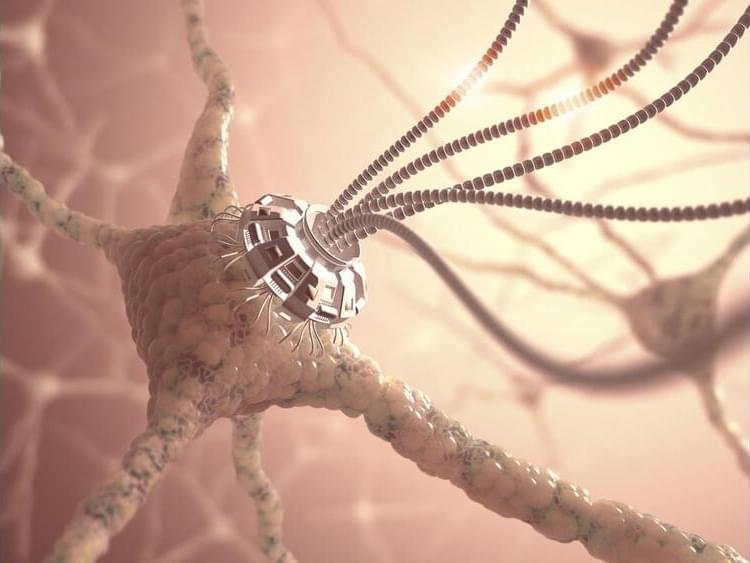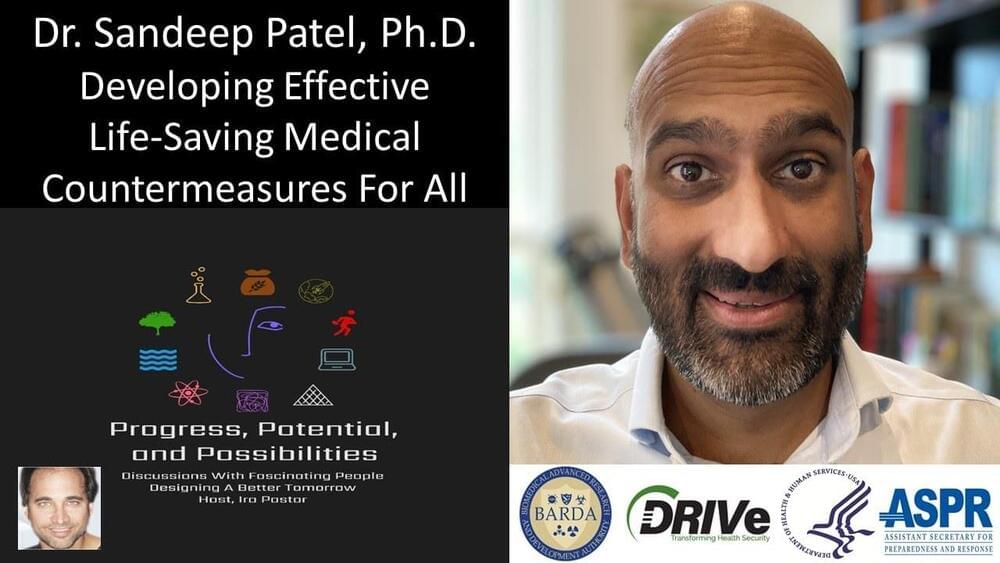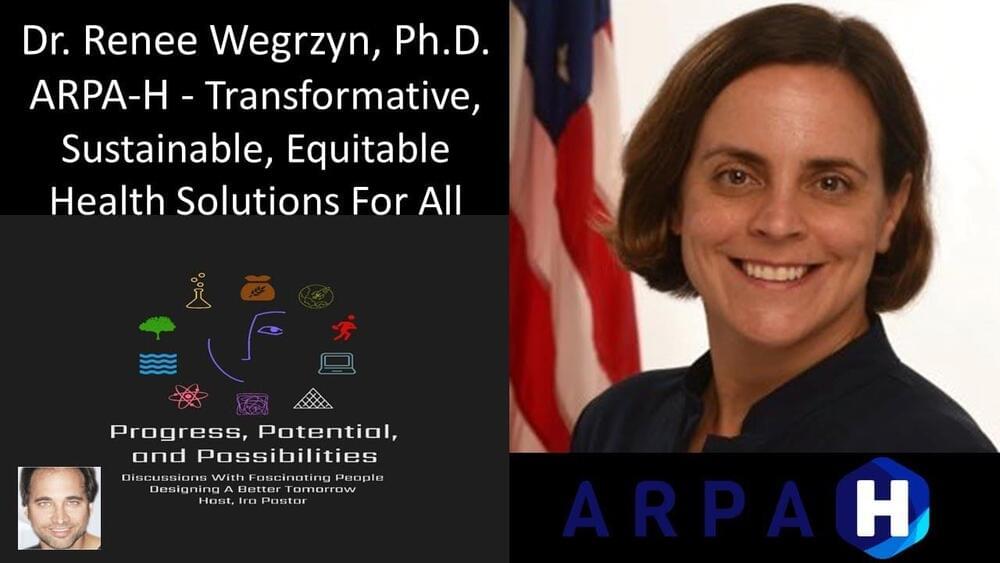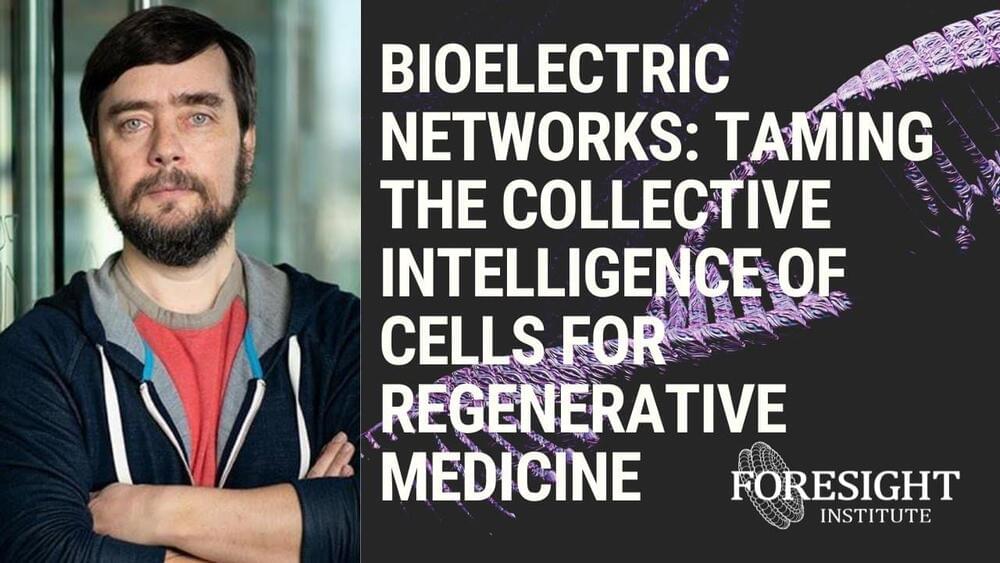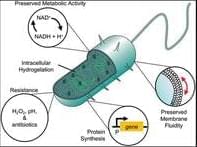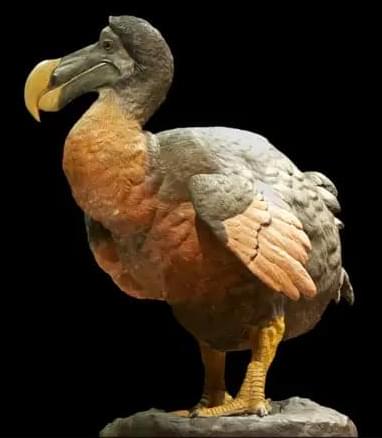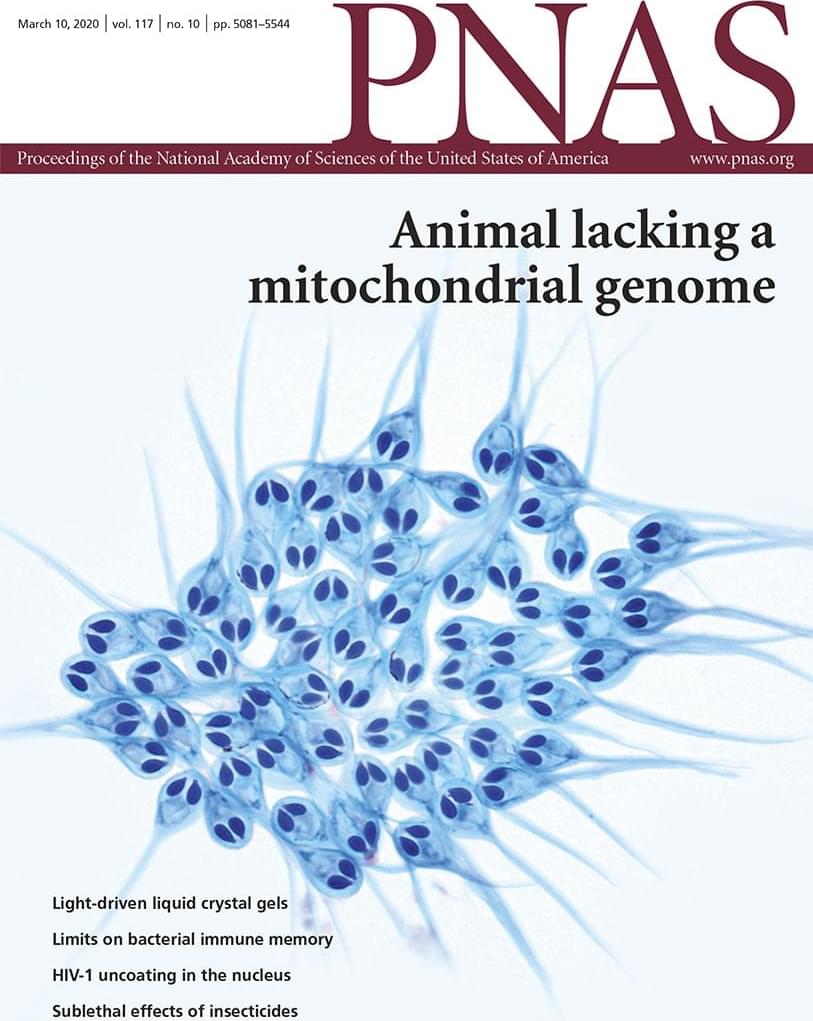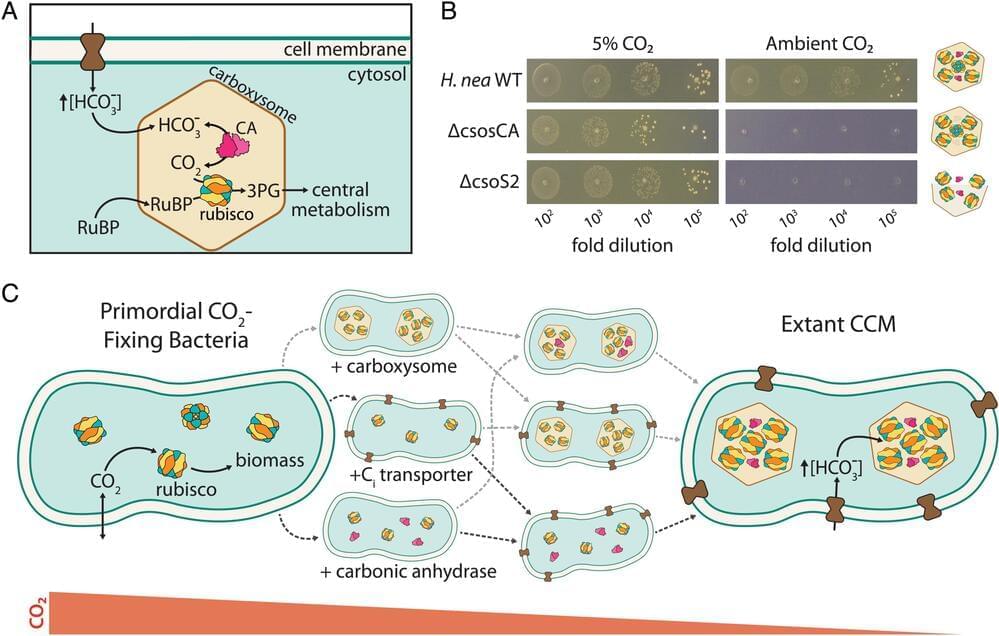Feb 11, 2023
Nanotechnology: Hacking Humans, Its Potential, and Real Risks
Posted by Dan Breeden in categories: bioengineering, biotech/medical, cybercrime/malcode, nanotechnology
Science fiction has become a reality with recent developments toward biohacking through nanotechnology. Soon, science and industries may soon realize the potential of human hacking… but at what risk versus reward? Medical nanotechnology is one of these such topics. Many experts believe nanotechnology will pave the way for a bright, new future in improving our wellbeing. Yet, at the core of this biohacking are machines and as we’ve seen with other technologies — there are very real risks of malicious intent. In this video, we share some of the applications being developed combining nanotechnology and medicine. We also look at the potential risks found in the practice and how we may mitigate issues before they’re problematic. We also share how companies can reduce security flaws and curb public perception so the nanotechnology industry can flourish without major setbacks. Want to learn more about this budding area of science and medicine?
See our accompanying blog post for the details and be sure to dig around the site, here:
Continue reading “Nanotechnology: Hacking Humans, Its Potential, and Real Risks” »
